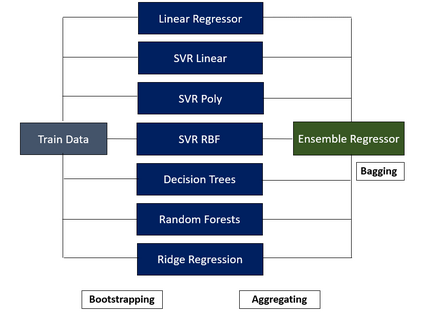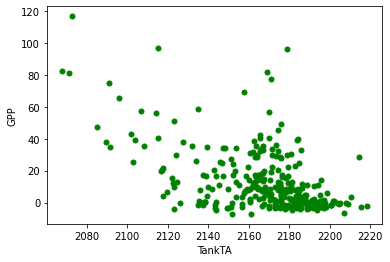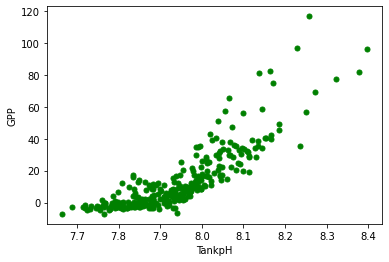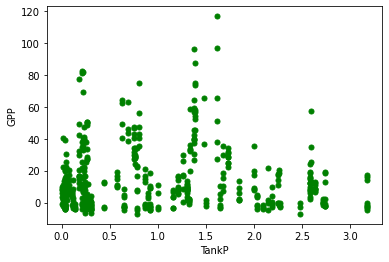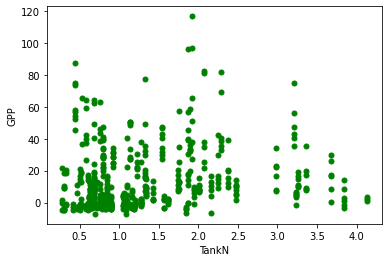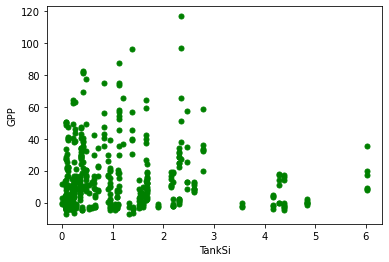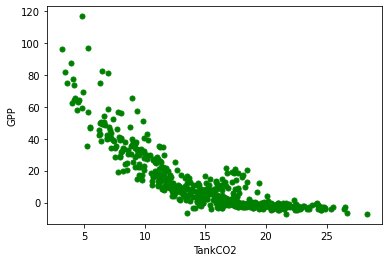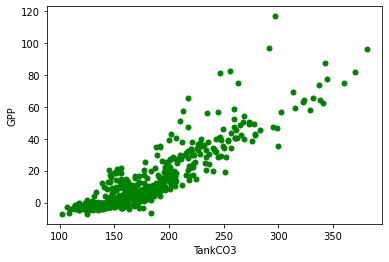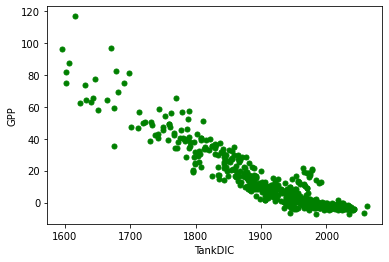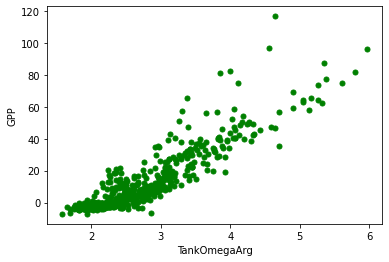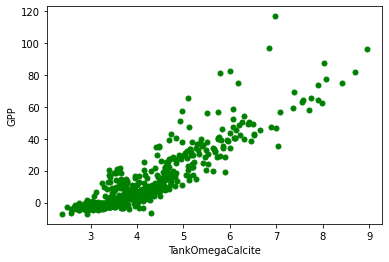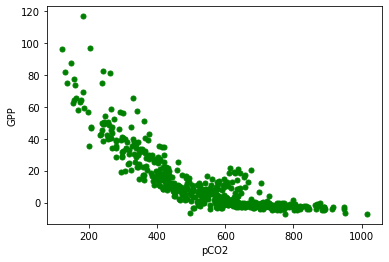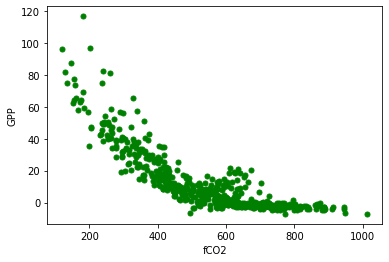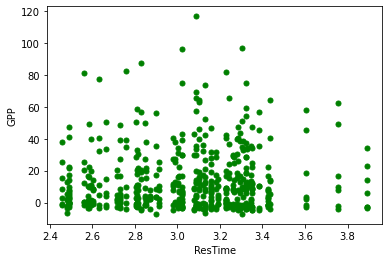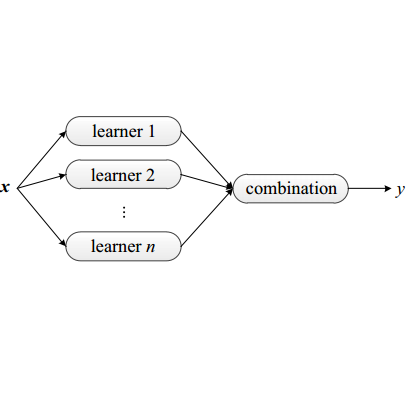Coral reefs play a vital role in maintaining the ecological balance of the marine ecosystem. Various marine organisms depend on coral reefs for their existence and their natural processes. Coral reefs provide the necessary habitat for reproduction and growth for various exotic species of the marine ecosystem. In this article, we discuss the most important parameters which influence the lifecycle of coral and coral reefs such as ocean acidification, deoxygenation and other physical parameters such as flow rate and surface area. Ocean acidification depends on the amount of dissolved Carbon dioxide (CO2). This is due to the release of H+ ions upon the reaction of the dissolved CO2 gases with the calcium carbonate compounds in the ocean. Deoxygenation is another problem that leads to hypoxia which is characterized by a lesser amount of dissolved oxygen in water than the required amount for the existence of marine organisms. In this article, we highlight the importance of physical parameters such as flow rate which influence gas exchange, heat dissipation, bleaching sensitivity, nutrient supply, feeding, waste and sediment removal, growth and reproduction. In this paper, we also bring out these important parameters and propose an ensemble machine learning-based model for analyzing these parameters and provide better rates that can help us to understand and suitably improve the ocean composition which in turn can eminently improve the sustainability of the marine ecosystem, mainly the coral reefs
翻译:珊瑚礁为海洋生态系统中各种外来物种的繁殖和生长提供了必要的栖息地。在本篇文章中,我们讨论了影响珊瑚礁和珊瑚礁生命周期的最重要参数,如海洋酸化、脱氧化和其他物理参数,如水流率和表面积。海洋酸化取决于溶解二氧化碳(CO2)的数量。这是因为溶解的二氧化碳气体与海洋碳酸钙化合物反应时释放了H+离子。脱氧是导致缺氧的另一个问题,其特点是水中的溶解氧量少于海洋有机体存在所需的数量。我们强调物理参数的重要性,例如影响气体交换、热分解、漂白性敏感度、营养供应、供餐、废物和沉积物清除、生长和繁殖的流量。在这份文件中,我们还提出这些重要参数,并提出一个可理解的机器模型,用以改善海洋生态系统的深度,从而更准确地分析这些参数和珊瑚礁的深度,从而使我们更清楚地了解这些参数和珊瑚礁的构成,从而更准确地分析这些参数和珊瑚礁的深度模型,从而使我们能够更准确地分析这些参数和基础的海洋生态系统结构。

